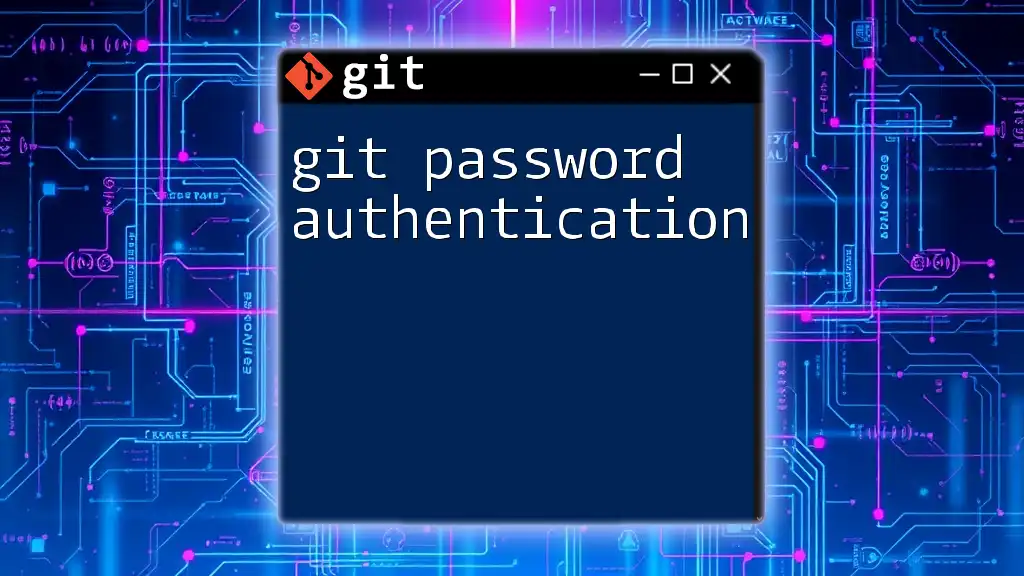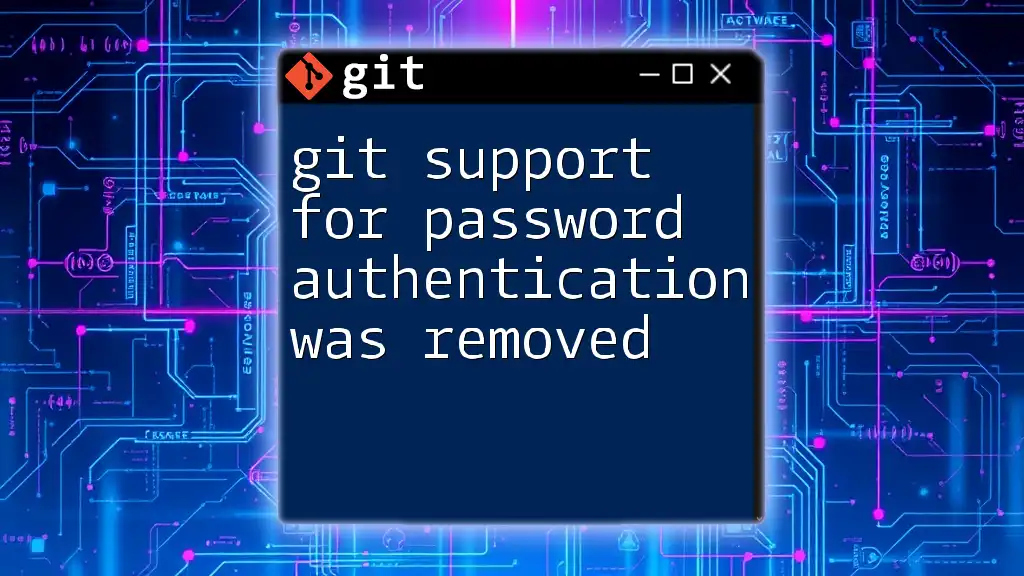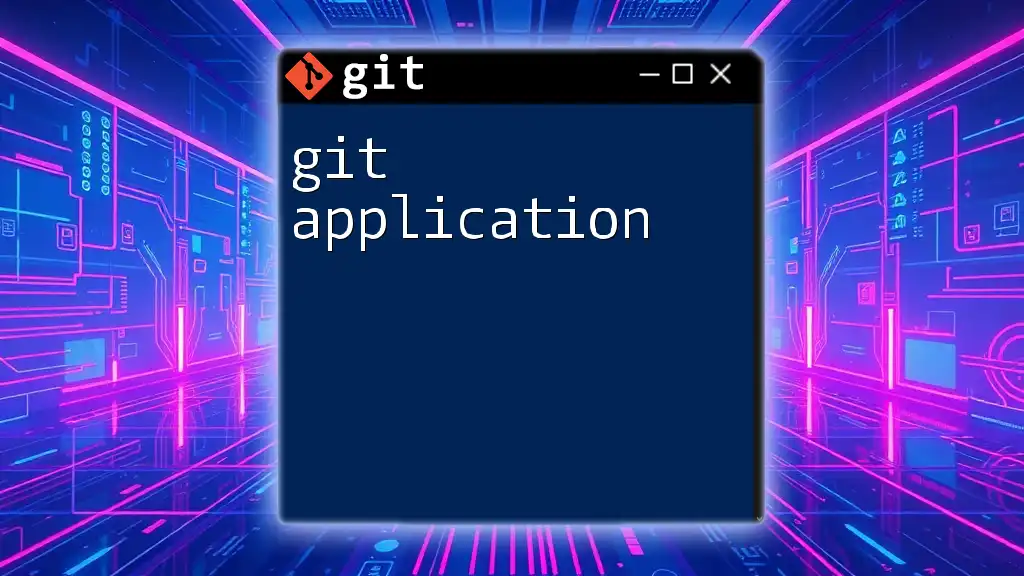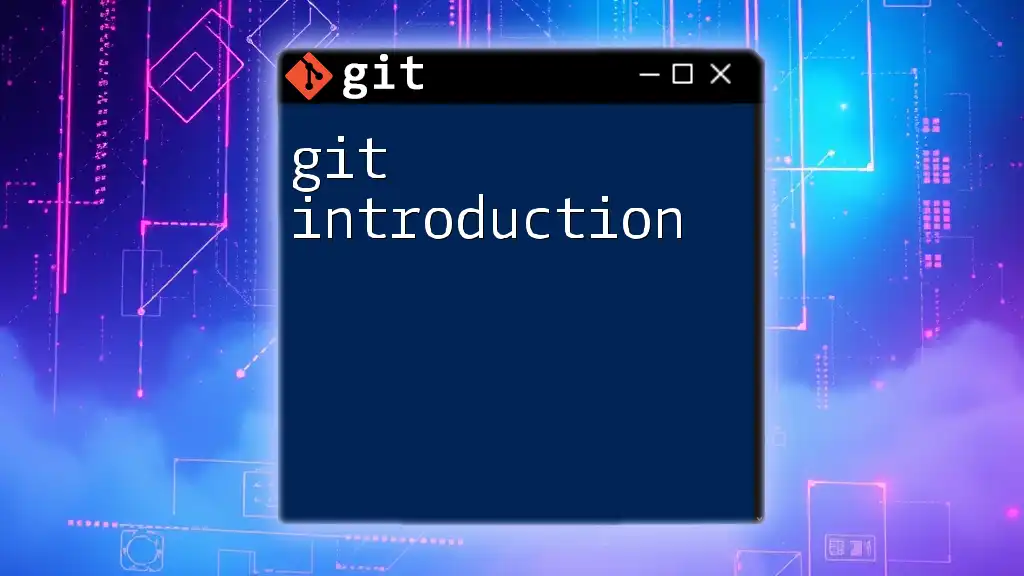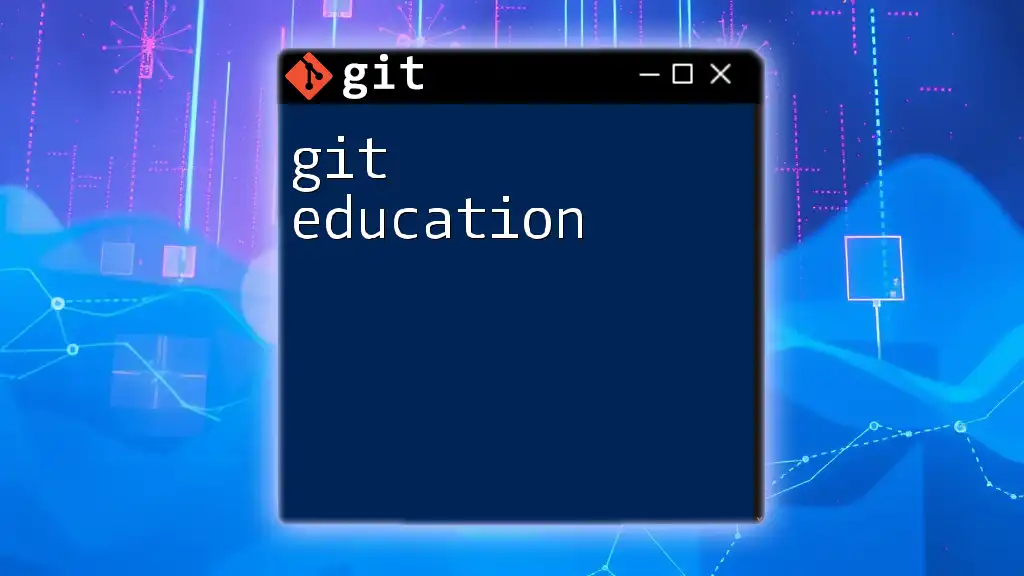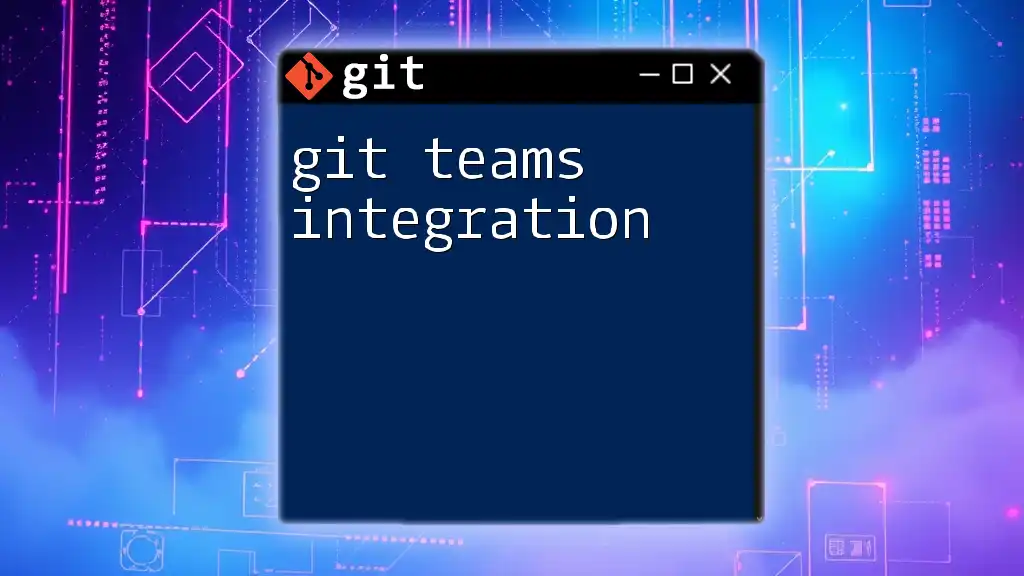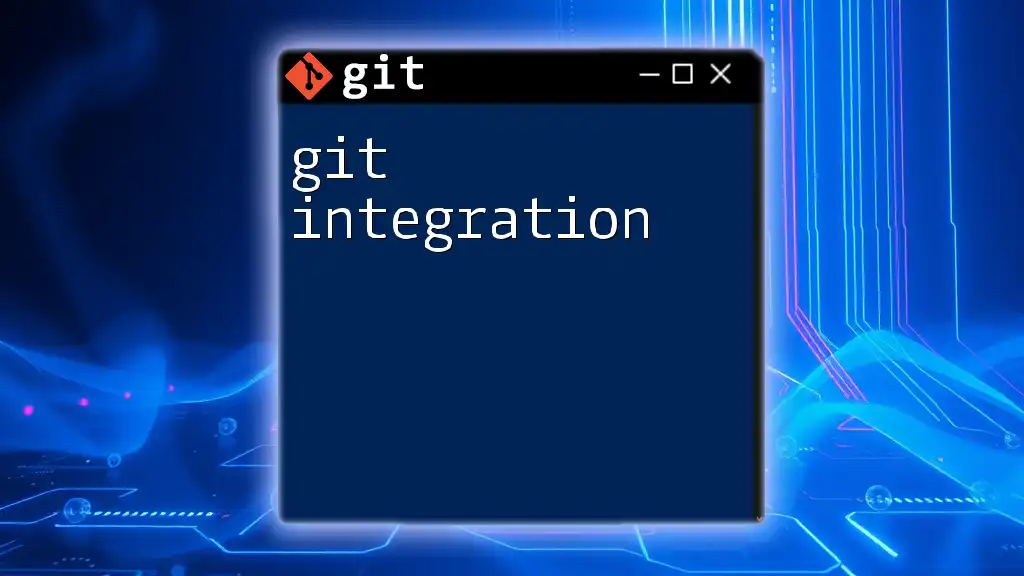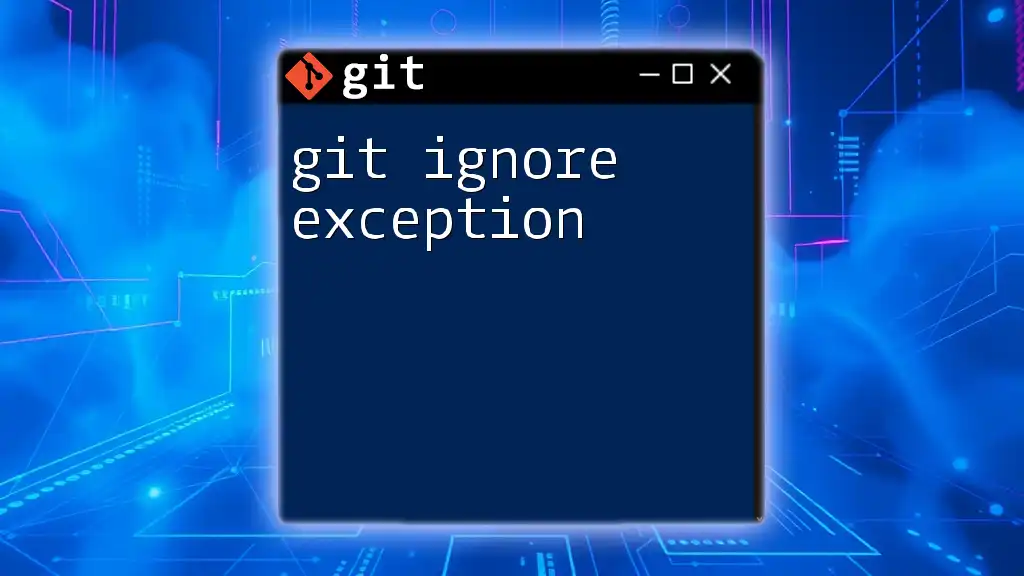In Git, password authentication allows users to securely access remote repositories by prompting for a username and password when performing operations like cloning or pushing changes.
Here’s an example of a Git command that uses password authentication:
git clone https://username:password@github.com/username/repository.git
Understanding Git Authentication
What Is Git Authentication?
In the realm of software development, authentication plays a crucial role in ensuring that the right people have access to the right resources. In Git, authentication verifies the identity of users attempting to interact with remote repositories. This process is essential for maintaining the integrity and security of collaborative projects, making sure that only authorized individuals can push changes, pull code, and manage versions.
Types of Git Authentication
Git offers various methods of authentication to cater to different needs and environments:
- Username and password: Traditional method often used for basic setups.
- SSH keys: A more secure method leveraging cryptographic keys.
- Personal access tokens (PAT): A modern alternative that enhances security.
- OAuth: Used primarily by third-party services to authenticate users without exposing their usernames and passwords.
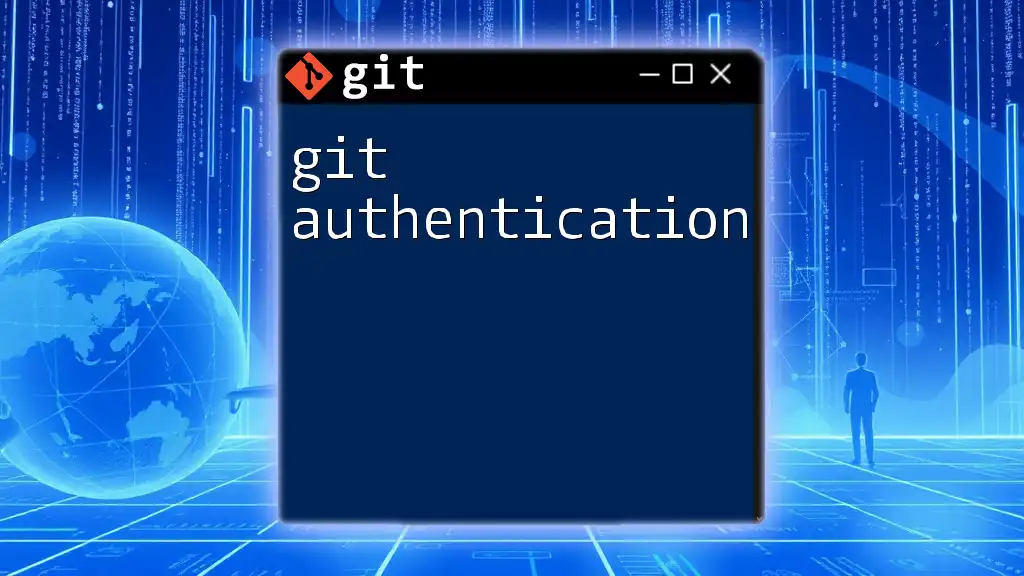
Git Password Authentication
What Is Password Authentication?
Password authentication is the traditional method of verifying user identity by requiring a username and password combination. While easy to set up, this approach can be less secure than modern alternatives, especially if users are not careful about managing their passwords.
Setting Up Password Authentication
Configuring Your Git Repository
You can clone a Git repository using password authentication directly in the command line. This is how you can do it:
git clone https://username:password@repository-url.git
Make sure to replace `username`, `password`, and `repository-url` with your actual credentials.
Security Note: Be cautious when using this method as it exposes your password in the command line history, potentially compromising your account if someone gains access to your terminal session or command history.
Storing Your Git Credentials
To avoid repeatedly typing your password for every Git operation, you can store your credentials securely.
- Using Git Credential Manager: This tool helps you manage your credentials seamlessly.
To install and set it up, you would typically run the following command:
git config --global credential.helper manager
This command enables the Git Credential Manager to cache your credentials securely.
- Storing credentials in plain text (not recommended): While possible, this method poses significant security risks as anyone with access to your file system can view your plaintext passwords.
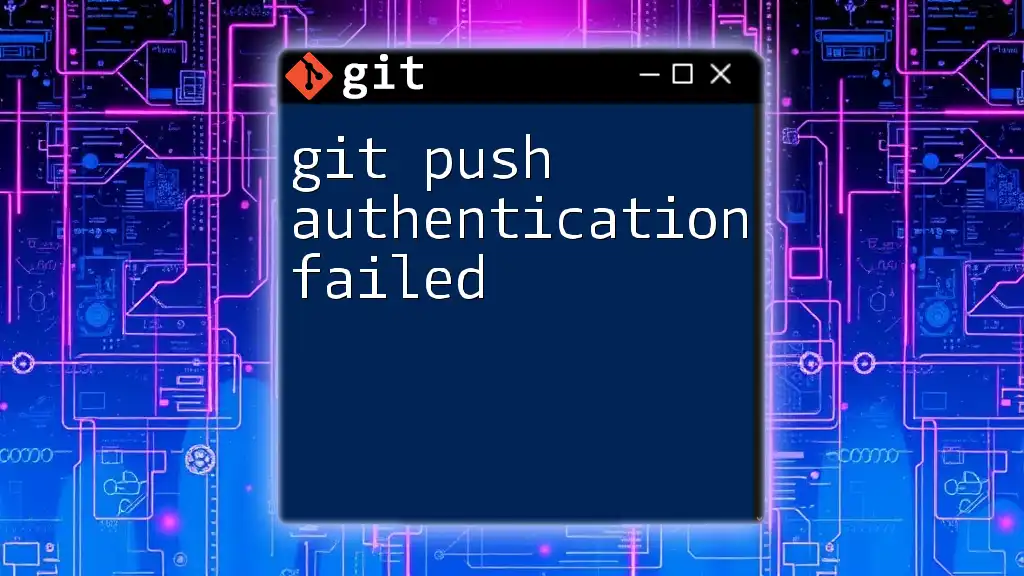
Using Personal Access Tokens (PAT) Instead of Passwords
Why Use PATs?
Recent advancements in security have made it clear that relying solely on passwords is not enough. Personal Access Tokens (PATs) are a better solution, especially with platforms like GitHub moving towards requiring them for operations that involve sensitive access. PATs provide an extra layer of security, allowing you to create tokens with specific scopes, limiting their capabilities to what's necessary.
Creating a Personal Access Token
Creating a Personal Access Token on GitHub involves a few straightforward steps:
- Log into GitHub and access your profile settings.
- Navigate to Developer settings and find the Personal access tokens section.
- Click on Generate new token.
- Select the necessary permissions (scopes) for the token based on what you want to achieve—such as repository access or workflow management.
Using PATs with Git Commands
You can use your PAT instead of your password while performing Git operations. For example, when cloning a repository, the command would look like this:
git clone https://username:personal-access-token@repository-url.git
This method mitigates the risk associated with passing passwords in commands, leading to safer Git operations.
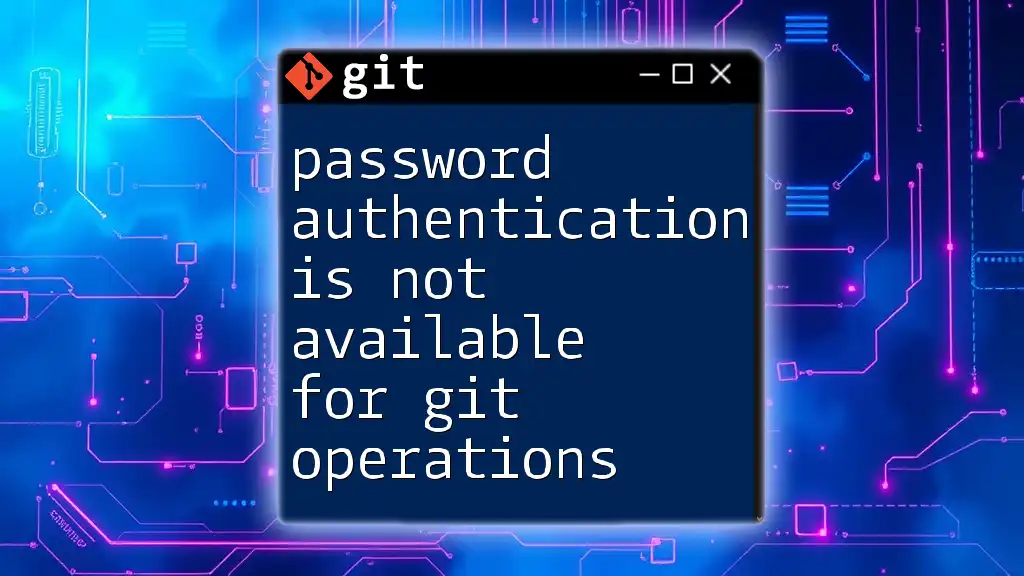
Troubleshooting Git Password Authentication Issues
Common Errors and Solutions
When working with Git password authentication, you may encounter several common issues:
-
Credential errors: If you see a message saying “Invalid username or password,” make sure your credentials are correct. Double-check for typographical errors.
-
Access denied errors: Often related to permission settings on your Git host. Ensure that your account has the necessary access rights for the repository you’re trying to access.
-
Refreshing your PAT: If your PAT has expired, generate a new one and update your saved credentials.
When to Seek Further Help
If you encounter persistent issues, consult the following resources for additional support:
- Git documentation: Comprehensive guides and troubleshooting tips.
- Community forums: Sites like Stack Overflow can provide insights and solutions from experienced developers.
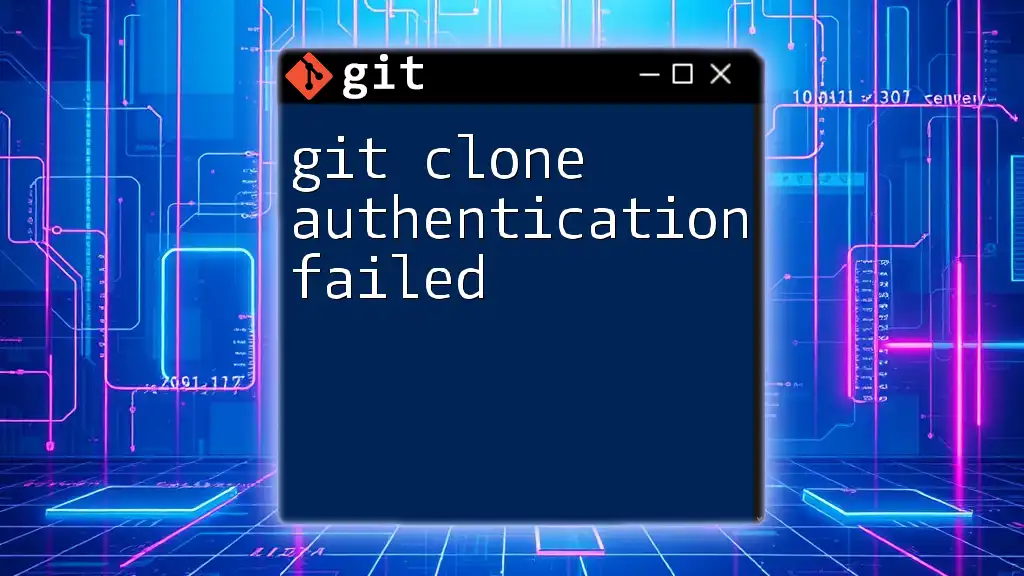
Best Practices for Secure Authentication in Git
Managing Your Credentials
Keep your credentials secure by adopting best practices. Regularly update your passwords and PATs, and ensure that you're using a secure method of storage, such as a password manager.
Alternative Authentication Methods
Consider using SSH keys as an alternative to password authentication. SSH keys offer a robust and secure way to authenticate without sharing sensitive data—only your public key is shared with the service you’re connecting to, while your private key remains securely on your device.
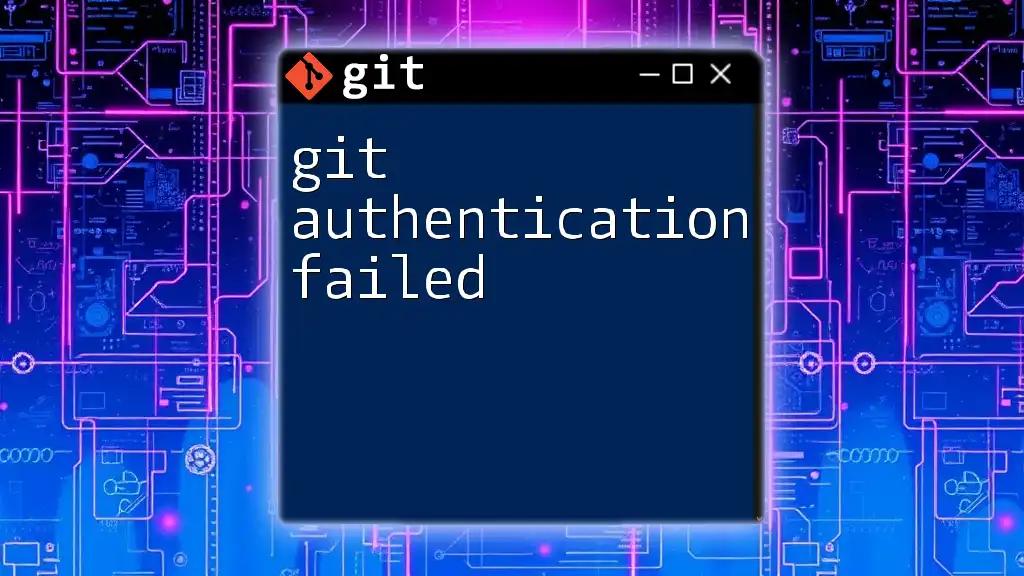
Conclusion
In summary, understanding and implementing Git password authentication is essential for anyone working within collaborative projects. By leveraging modern solutions like Personal Access Tokens and following best practices, you can enhance the security of your repositories while maintaining ease of access.
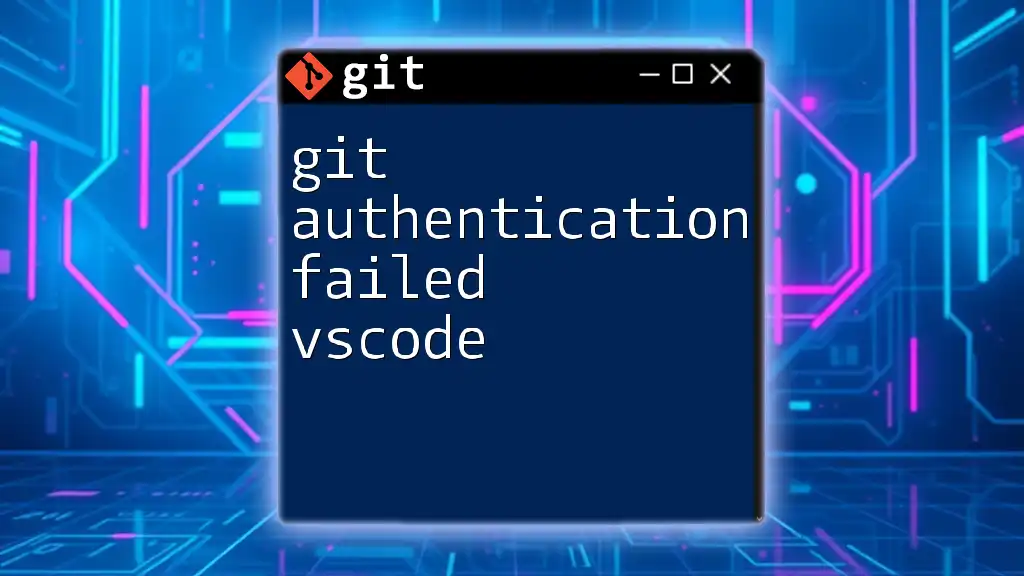
Additional Resources
Useful Links
For further reading and in-depth understanding, consider reviewing:
- Official Git documentation for authentication
- Guides on creating Personal Access Tokens on GitHub, GitLab, and Bitbucket
Recommended Tools
Tools that can simplify your authentication process include:
- Git Credential Manager
- Password managers for secure storage of passwords and tokens
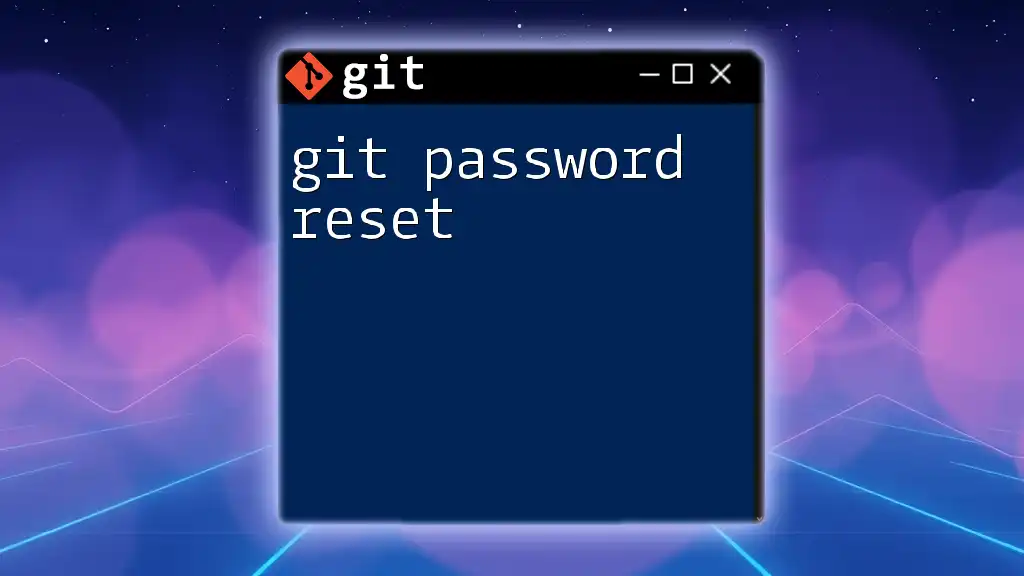
FAQs
Common Questions About Git Password Authentication
- Can I use my GitHub password directly in Git commands?: It’s not recommended due to security risks. Use PATs instead.
- What happens if I forget my PAT?: You can generate a new one, but ensure you revoke the old one for security.
- Are there any alternatives to using passwords for Git operations?: Yes, SSH keys offer a secure alternative and are widely used in professional environments.
By understanding the nuances of Git password authentication, users can confidently navigate their projects while maintaining the highest security standards.

